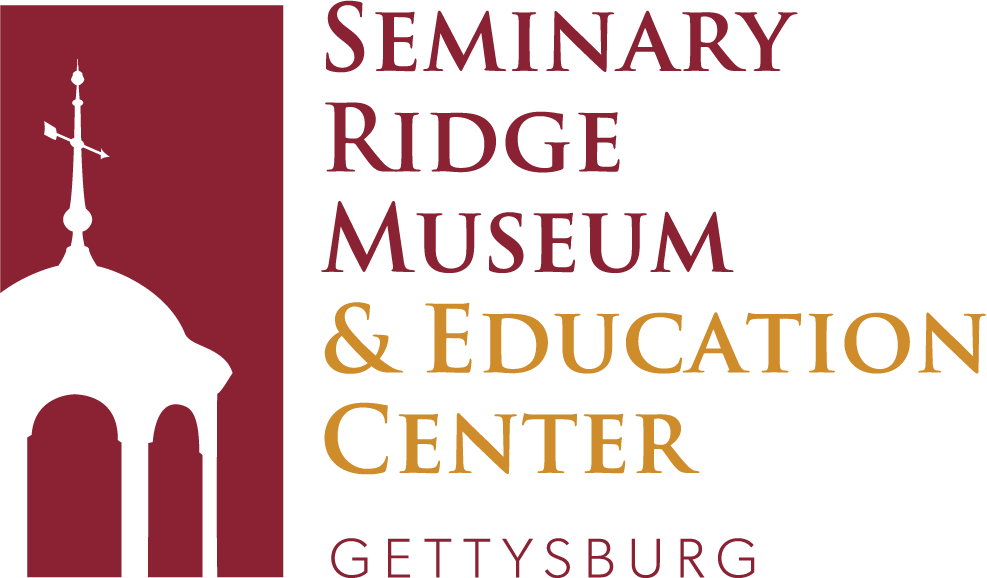Grappling with Difficult History
At Seminary Ridge Museum and Education Center, we routinely state, “the past is the present.” This outlook is informed by the belief that an understanding and analysis of past events are crucial to building a better present and future. Oftentimes, this includes grappling with “difficult history,” defined by museum professional Julia Rose as “histories of oppression, violence, and trauma.” Of course, addressing these histories mean uncomfortable conversations, both internally and externally. But, through this crucible can emerge deep transformations and a move to action.
Confronting Difficult Histories
The “difficult history” most present in the exhibits at Seminary Ridge Museum and Education Center is the legacy of slavery and racism in America. Going hand in hand with this history is the difficult public memory of the American Civil War, which has valued martial battlefield actions over slavery as a cause of the war and emancipation that emerged from the conflict. These issues have long been present in our nation, but have recently spilled onto the front-page of American consciousness in debates over systemic racism and the meanings of physical monumentation.
Exhibits on Slavery and the Underground Railroad at Seminary Ridge Museum and Education Center
Educational and interpretive programing at Seminary Ridge Museum and Education Center, facilitated by trained historians and educators, is part of our commitment to face difficult histories. We see it as our role to ask the difficult questions, help people challenge their preconceived beliefs, and make sense of these issues through the process of “Commemorative Museum Pedagogy.” Through repetition and deep guided reflection, learners can experience reconsideration. As Julia Rose posits, “in reconsidering a difficult history, learners might recognize that the historical social issues described in the interpretation presented can inspire social justice action and education in the present.”
Investigating Monuments
Students presenting their findings as part of the “Investigating Monuments” program
One way we have engaged with difficult histories is through the 2018 program, “Investigating Monuments,” which employs the “Commemorative Museum Pedagogy” process. Students, with guidance from a historian, are presented with dedication materials to analyze a specific Civil War monument, either United States or Confederate. Participants are welcome to bring their own sources to the program, provided they are subject to the same critical analysis as the documents provided. The goal of this program is to encourage reconsideration of the deeper meanings, often related to race, of the stone sentinels that dot the American landscape and to build critical thinking skills necessary to becoming an informed citizen and leader.
As Seminary Ridge Museum and Education Center embraces virtual education, we look to bring our lessons to classrooms and lifelong learners the world over. Difficult histories can be challenging for classroom educators to face and we are here to help you. Lessons, resources, and a virtual classroom visit can help guide students through this process and encourage the building of a more just world. We look forward to partnering with you.


